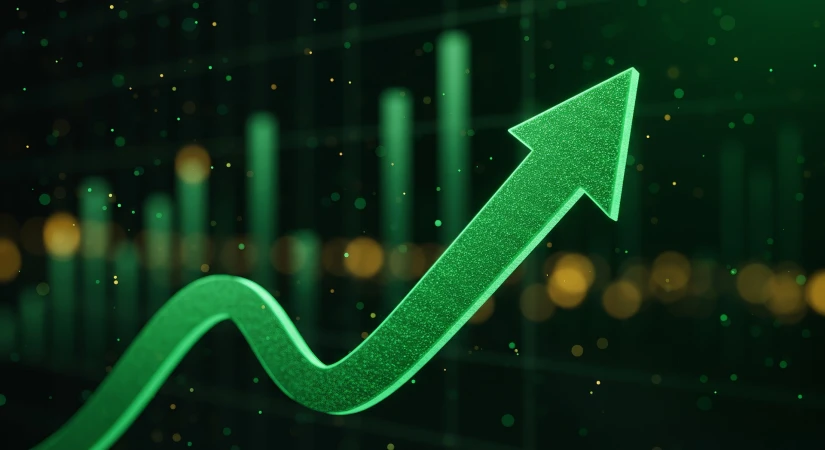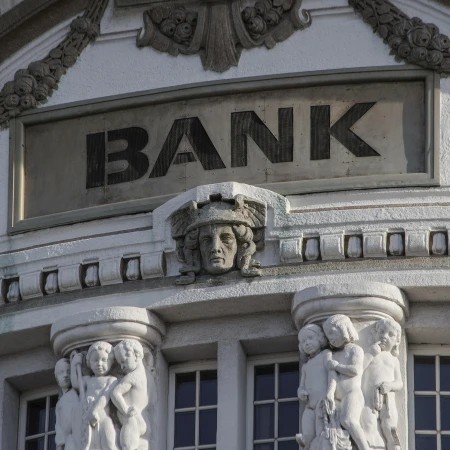Is Discover Good for High-Yield Savings? An Honest Review
Hey, let's talk savings accounts. You know, that spot where you stash your emergency fund or that down payment you're building up. If you're eyeing a discover high yield savings account, you're probably wondering if it's worth the switch. I've been down this road myself, comparing banks left and right, and I can tell you straight up—it's solid, but not without a few caveats. We'll dive into the details, rates, and why it might (or might not) fit your wallet.
What Makes Discover High Yield Savings Stand Out?
First off, Discover isn't just about credit cards anymore. Their online savings account is all about keeping things simple and fee-free. No minimum deposit to get started—that's a big win if you're just dipping your toes in. And the interest? Right now, it's hovering around 3.60% APY, compounded daily and credited monthly. That's way better than the pitiful rates at your average brick-and-mortar bank, where you might be lucky to snag 0.40%.
Picture this: You drop $10,000 in there. Over a year, you're looking at about $360 in interest, give or take, without lifting a finger. Not life-changing, but it's free money growing your nest egg. Plus, it's FDIC-insured up to $250,000, so your cash is safe from any bank drama. No monthly fees, no insufficient funds charges—Discover keeps it clean.
One thing I love? Their customer service. Folks on Reddit rave about it, saying it's responsive and actually helpful. If you've ever been stuck on hold with a big bank, you know that's gold. And if you're already a Discover cardholder, linking accounts is seamless for transfers.
The Downsides You Should Know About
Okay, no bank's perfect. The discover high yield savings rate isn't the absolute highest out there. In 2025, some online banks like Varo or AdelFi are pushing 5.00% APY. Discover's 3.60% is competitive, but if you're chasing every last penny, you might look elsewhere. Also, while there are no strict withdrawal limits mentioned, federal rules cap savings accounts at six transactions per month—go over, and you might face fees or account changes.
Another quirk: No physical branches. Everything's online or via app, which is fine for most of us, but if you like face-to-face banking, this isn't it. And bonuses? Don't count on a big sign-up offer right now; Discover plays it straight without flashy promos.
How Does It Compare to the Competition?
Let's pit discover high yield savings against some heavy hitters. Take Ally—their high-yield savings is at about 4.00% APY, with similar no-fee vibes. Ally edges out with buckets for organizing savings goals, like "vacation fund" or "new car." Customer service is strong too, but Discover folks say their reps are a cut above.
Then there's Capital One. Their 360 Performance Savings clocks in at 3.50% APY, no minimums, no fees. It's got a slick app and even some branches if you need them. But if you're into cashback, Discover's checking account (which pairs nicely with savings) offers 1% on debit purchases—Capital One doesn't match that.
SoFi? They're at 4.00% if you direct deposit, with perks like early paycheck access. American Express high-yield savings is around 3.75%, great if you're already in their ecosystem. Bottom line: Discover high yield savings holds its own for reliability, but shop around for rates. A quick comparison: Use a calculator to plug in your balance and see the difference—$5,000 at 3.60% vs. 4.46% could mean $50 more a year.
Why This Matters for Your Money
In today's economy, with inflation still biting, a high yield savings account like Discover's isn't just nice—it's essential. Think about it: Your money sitting in a low-rate account is basically losing value over time. Switching to discover high yield savings could boost your returns without risk. I've seen friends regret sticking with their old bank, watching interest trickle in while others compound nicely.
But here's the real talk—it's about peace of mind. Knowing your emergency fund is earning while you sleep? That's empowering. And with rates possibly dipping as the Fed adjusts, locking in a decent APY now makes sense. Just remember, these are variable; Discover can change it anytime, though they've been steady.
The Bigger Picture: Beyond Just Rates
Sure, the discover high yield savings interest rate is key, but let's zoom out. What about integration? If you're building wealth, pair it with a CD for higher locked-in rates—Discover offers those from 2.00% to 4.00% APY. Or consider multiple accounts: Yes, you can have several high-yield ones across banks to max FDIC coverage and snag better rates.
Reddit threads highlight real-user wins: One person switched from a traditional bank and earned $200 extra in a year. Another loves the app's ease for transfers. But watch for taxes—interest is taxable, so factor that in. And is Discover safe from collapse? Absolutely, with strong ratings and FDIC backing. Compared to CDs, high-yield savings give flexibility; CDs lock funds for better rates but penalize early withdrawals.
Pro tip: Check for discover high yield savings bonus codes occasionally—they pop up. And if you're wondering about minimum balance, there isn't one, making it accessible for beginners.
Is It Right for You?
If you're after hassle-free, reliable growth with top-notch support, discover high yield savings is a yes. It's FDIC-insured, user-friendly, and beats most big banks. But if max yield is your game, peek at ally high yield savings or sofi high yield savings. Run the numbers with a discover high yield savings calculator—plug in your amount and see projected earnings.
Me? I'd say start small, transfer a bit over, and test the waters. Your money deserves to work harder, and options like this make it easy.



